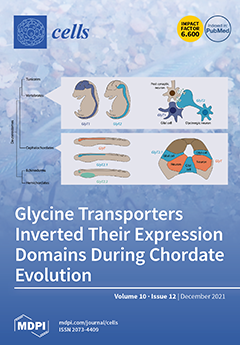As an ecofriendly biocontrol agent, antagonistic bacteria are a crucial class of highly efficient fungicides in the field against
Verticillium dahliae, the most virulent pathogen for cotton and other crops. Toward identifying urgently needed bacterial candidates, we screened bacteria isolated from the
[...] Read more.
As an ecofriendly biocontrol agent, antagonistic bacteria are a crucial class of highly efficient fungicides in the field against
Verticillium dahliae, the most virulent pathogen for cotton and other crops. Toward identifying urgently needed bacterial candidates, we screened bacteria isolated from the cotton rhizosphere soil for antagonisitic activity against
V. dahliae in an artificially infested nursery. In preliminary tests of antagonistic candidates to characterize the mechanism of action of on culture medium, 88 strains that mainly belonged to
Bacillus strongly inhibited the colony diameter of
V. dahliae, with inhibiting efficacy up to 50% in 9 strains. Among the most-effective bacterial strains,
Bacillus sp. ABLF-18, and ABLF-50 and
Paenibacillus sp. ABLF-90 significantly reduced the disease index and fungal biomass of cotton to 40–70% that of the control. In further tests to elucidate the biocontrol mechanism (s), the strains secreted extracellular enzymes cellulase, glucanase, and protease, which can degrade the mycelium, and antimicrobial lipopeptides such as surfactin and iturin homologues. The expression of
PAL,
MAPK and
PR10, genes related to disease resistance, was also elicited in cotton plants. Our results clearly show that three candidate bacterial strains can enhance cotton defense responses against
V. dahliae; the secretion of fungal cell-wall-degrading enzymes, synthesis of nonribosomal antimicrobial peptides and induction of systemic resistance shows that the strains have great potential as biocontrol fungicides.
Full article






